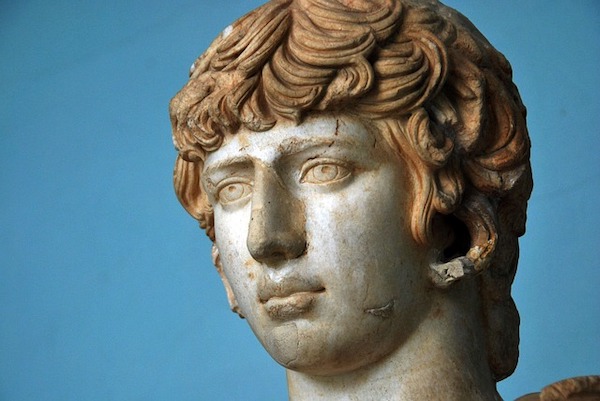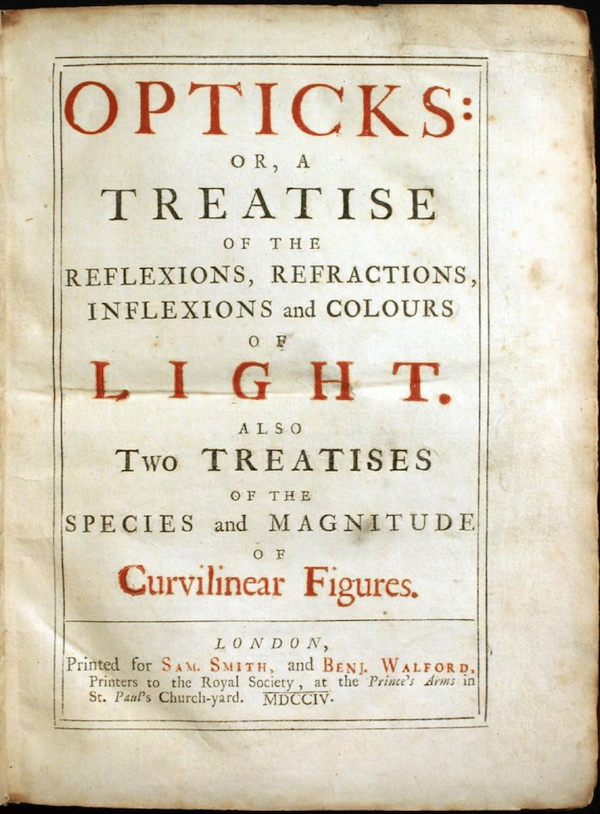History of Optics (Part 1)

Optics is the science of light and especially the ways in which light conveys a variety of information. It is from these fundamental principles (formation of images, propagation of light rays, nature of colors …) that all the physical and biological knowledge that will allow to understand the disorders of the vision and to take care of them fit together. Welcome to the great history of optics .
History of optics: in ancient times
In our file on glasses through the ages , we mentioned Seneca's early works evoking the use of globes filled with water. It was then one of the first attempts to tame the light.
Beyond the tools used, the first theories of light appear in Ancient Greece . But these remain unclear. Aristotle quickly assimilates light to fire, others associate it with the eyes, even the very nature of the objects that surround us.
[Caption id = "attachment_10371" align = " aligncenter "width =" 600 "]  @Pixabay [/ caption]
@Pixabay [/ caption]
This is Euclid , disciple of Aristotle, who first wrote a manuscript where the term light ray appears, using geometric data to try to explain the propagation of light.
But the first great advance echoing the work of Euclid happens a century later, when Ptolemy wrote a treatise entitled Optics , in which mention is made of reflection, colors and refraction .
Ptolémée demonstrates that the refraction angle increases with the angle of incidence . For him, vision is the result of the emission of light by the eye and objects
The continuation of the first works
It is to the Arabs that we must later turn to see the work of the Greeks continue. The philosopher Al-Kindi is interested, in the ninth century, the study of burning mirrors , a system of mirrors to reflect to the same point the solar rays falling in their center.
 @Pixabay [/ caption]
@Pixabay [/ caption]
He also develops, by focusing on colors, the theory that the blue sky is not his true color, but that is in fact a mixture of darkness and solar light reflected by terrestrial particles in the atmosphere.
Finally, he argues that "everything in the world radiates rays in all directions, which fills the whole world. "
Ibn Sahl, a 10th century Persian mathematician, discusses how curved mirrors and lenses can focus light at a point. It is the first time that the law of refraction is mentioned.
Continuing the work of his illustrious predecessors, Alhazen will contradict the Greeks, and especially Ptolemy, on the fact that eye would emit light. According to him, it is the light of the sun, diffused by the objects which penetrates the eye. He wrote a book on optical physics to scientifically prove this theory of Aristotle.
[Caption id = "attachment_10370" align = "aligncenter" width = "600"]  Very famous, Alhazen was present on the 1000 dinars Iraqi notes, before Sadaam Hussein settled on all of them. [/ Caption]
Very famous, Alhazen was present on the 1000 dinars Iraqi notes, before Sadaam Hussein settled on all of them. [/ Caption]
After these discoveries promising, the research is being undermined by the all-new emergence of the Catholic Church in Europe. This one, anxious to see contradict the writings of the Bible, is in charge to prohibit the scientific researches and to punish their authors. Medicine is the business of priests who often rely on God.
However, some do not hesitate to sell the banned, and in the thirteenth century are born the first pairs of so-called modern glasses.
Dump the light!
In 1609, the rumor of the existence of a telescope , made by a Dutch optician, and allowing to magnify seven times the objects reach the ears of Galilee . Galilée, who manages to test the object, observes a huge deformation of the objects and decides to design his own telescope.
[Caption id = "attachment_10373" align = "aligncenter" width = "600"]  @Pixabay [/ caption]
@Pixabay [/ caption]
He was able to improve it to allow him to magnify objects up to thirty times and to offer him the possibility to observe the stars. Here again, the instrument deforms the objects but, obtaining a right image, Galileo remains convinced that he observes reality.
Then Johannes Kepler will study optics and in particular the works of Alhazen. He brings his knowledge in his book Astronomia pars Optica, published in 1604. There are some basic principles of modern optics as the nature of light (radiation, intensity varying with the surface, infinite speed …), mirrors plans and curves, the dark chamber, the lenses and the law of refraction i = n × r.
Kepler notes that image reception is provided not by the lens but by the retina
 @Pixabay [/ caption]
@Pixabay [/ caption]
These works, René Descartes use them for his treatise entitled Dioptrique . He exposes for the first time a fundamental law of optics , namely the law of refraction.
It should be noted that this law is still considered, everywhere except in France, as the discovery of Snell and not Descartes. Doubts remain about the discovery of the law by the French, some arguing that it was aware of the work of Snell, who died before he could publish them.
The Law of Snell-Descartes, called Law of Refraction:
https://www.youtube.com/watch?v=pn4Zbx9kD9E [/ embed]
Discovery Sequence
Optical research will, from there, quickly progress. Considered one of the greatest scientists in history, Isaac Newton will make an extremely important contribution to optical theories.
In 1666, he began his first experiments on the decomposition of light . By passing the rays of the Sun through a prism producing a rainbow of colors, he will conclude that the color is in the light and not in the glass and that the white light that we see is actually a mixture of all the colors of the spectrum visible by the eye.
In his treatise Optiks , published in 1704, he develops the theory of colors , the study of refraction , the corpuscular theory of light (on which it will remain cautious) and the diffraction of light.

Finally, he begins to consider a theory according to which grains of light create an undulatory phenomenon , which will be taken up by Huygens , great Dutch mathematician. This theory will be presented in 1678 and published in 1690 in the Treatise of Light .
The undulatory and corpuscular character will then be included in the research of the first half of the 20th century, thus opening the doors of modern optics.
Sources: Ophtaplus , Universalis


